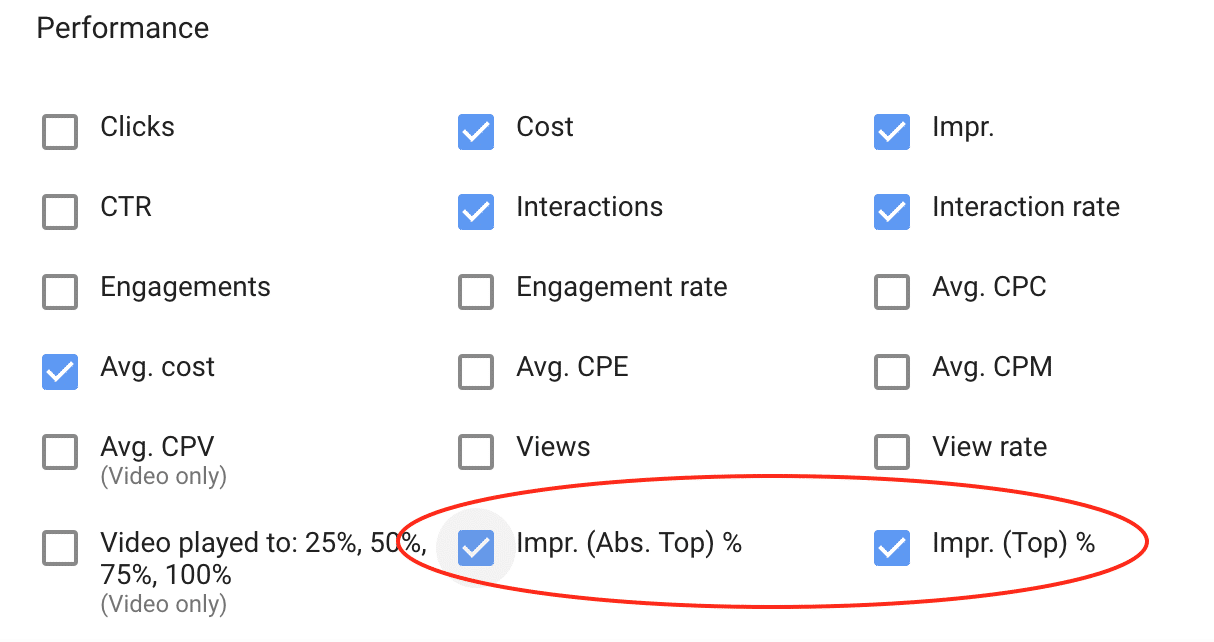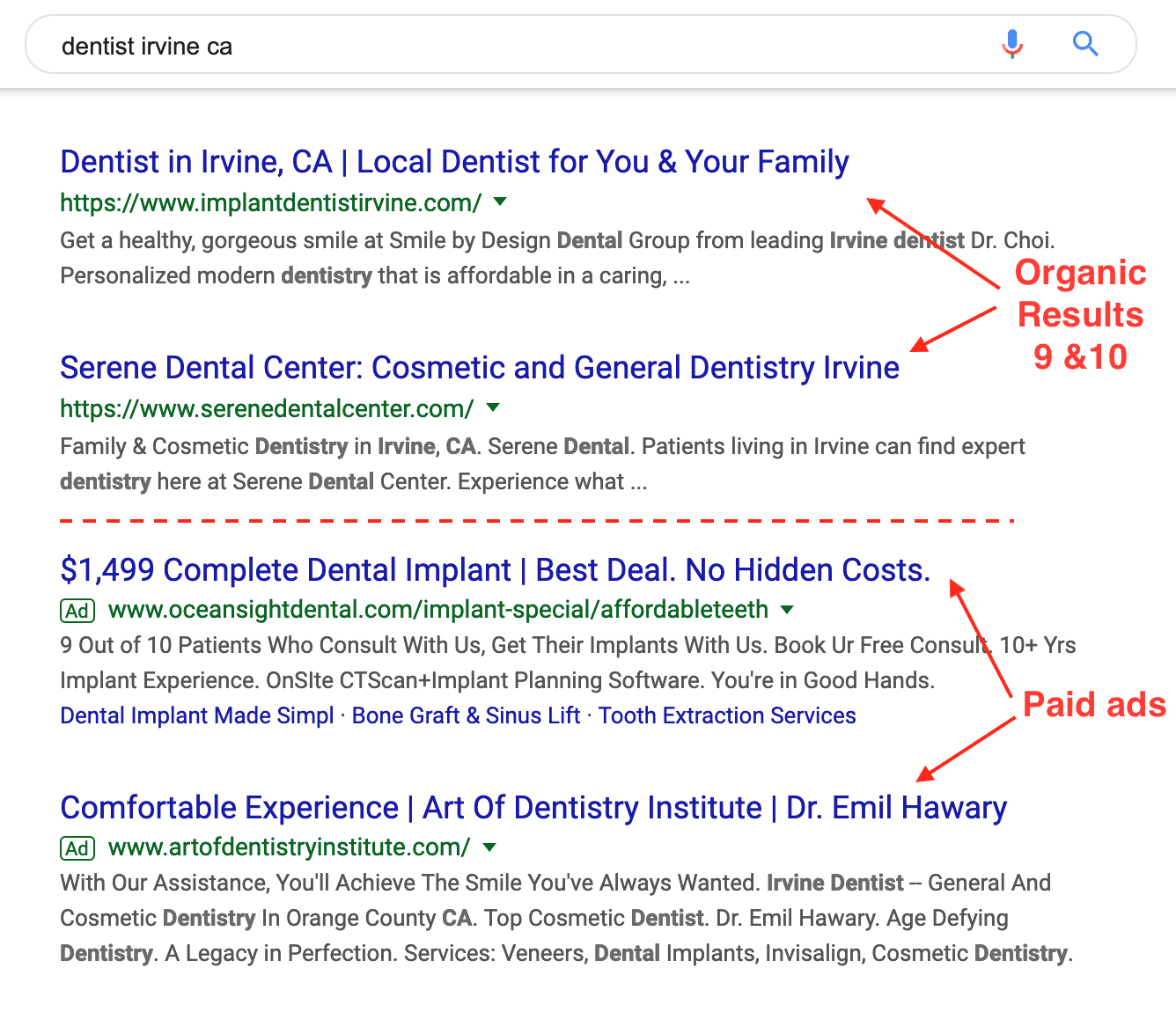Big Changes Coming to Google Ads: No More “Average Position” Metric
 We often tell our healthcare marketing clients that “set it and forget it” is an awful policy when it comes to paid digital advertising.
We often tell our healthcare marketing clients that “set it and forget it” is an awful policy when it comes to paid digital advertising.
It’s so important to continue to track your ads, reallocate your budget, and test to find out what works and what doesn’t. When you advertise with Google, you have access to reporting and metrics that help you get a better understanding of how your ads are performing, so you can do just that.
One popular long-standing metric, the average position metric, shows you where your PPC (pay-per-click) ads typically rank amongst other paid advertisements on the page. Google just announced that this metric is going away in September 2019...so what does this mean for healthcare advertisers?
Understanding and using Google’s metrics
There are a number of metrics you can track to see how well your ads are performing with Google. It all depends on what’s most important to your business objectives. Some examples of popular search metrics:
- Impressions: The number of times your ad was shown to an audience based on whether keywords used by searchers match keywords in your campaign (along with other factors, like budget).
- Click-through rate: The percentage of people clicking on your ads relative to the number of impressions.
- Cost-per-click: How much you pay each time someone clicks on your ad.
While there are many more metrics available, two relatively new ones were introduced this past September (2018): Impression (Absolute Top) % and Impression (Top) %. We’ll go over these in detail later on.

Selecting metrics to track through Google Ads
In any given ad campaign, you can select target metrics to view through Google Ads. You could also access this information from a third-party reporting platform, which may be a lot easier and more effective for many businesses.
Average Position: An original AdWords metric
In the past, the average position metric helped AdWords professionals (including our team) determine what changes may need to be made to your bidding strategy or to your ads in order to improve your ad quality score (a factor that determines your position in search).
A high ad rank can often be tied to better brand awareness (but not always). So, if your goal is greater brand awareness, you might see an average position of, say, 4.1, and decide to work to lower your average between 1 and 2.
So why “sunset” the average position metric?
Since the introduction of the average position metric (many years ago), Google has made a ton of changes. One notable shift is that paid ads don’t just appear at the top of the search results. Depending on the platform, you may also find them towards the bottom, as in this example:

That’s where things get complicated. Take it from Google’s own support documents:
“Note that ad position isn’t necessarily the location of your ad on the search results page. For example, an ad position of "1" doesn't necessarily mean that your ad is above the organic search results. It can be your ad position if there are no ads above the search results and your ad is the first ad shown beneath the organic search results.”
As things continue to change and bidding strategies are more and more automated (and less manual), Google feels that the average position simply isn’t as useful a metric as it once was. The average position tells you little about where your ad actually appears on the page.
Besides, Google recently released two new metrics, Impression (Absolute Top) % and Impression (Top) %, which tells you what percentage of your ads appear at either the top of the page (the first few paid results) or the absolute top (#1).
What this means for your business
So what does that mean for your business and your KPIs? In many cases...not much.
Yes, ad placement can have an impact on clicks (although not necessarily on conversions). However, Google is confident that these two new metrics will help you determine whether people are seeing your ads at or near the top of the search engine results—without giving an exact idea of positioning.
Garrick Gaffney, Digital Account Supervisor at Healthcare Success, says the change was not unexpected, as automated bidding becomes prioritized (over manual bidding strategies) and this metric is no longer as important. "For a lot of clients, it's all about visibility. But average position can be misleading, whereas impression share makes everything a lot clearer. It shows how many eyeballs are really on your ads every day."
As long as you have a clear understanding of your advertising goals, you should be fine! Our recommendation: work with a marketing agency that understands healthcare-specific KPIs in order to find the most effective bidding strategy and keep you near the top of the search results.
Call 800-656-0907 to learn more about how our agency can grow your digital presence with a customized digital advertising strategy from healthcare marketing specialists.








